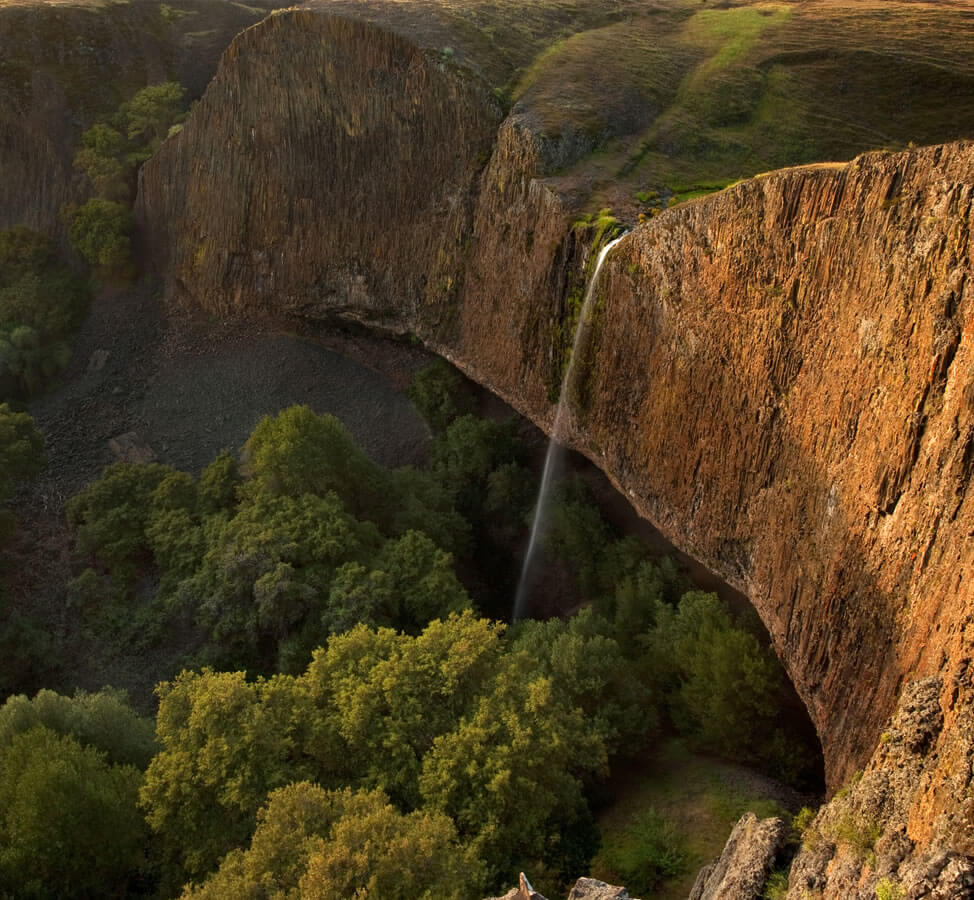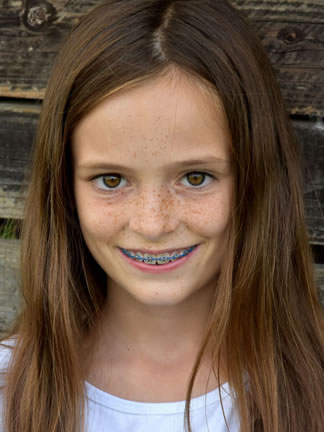
An impacted tooth is a tooth that is blocked or “stuck” underneath the gum line, and does not erupt into its correct position on its own. Most often, an impacted tooth will be a third molar, or wisdom tooth, though it is a common occurrence in canine teeth as well. Canine teeth are located at the corners of the arch, next to the incisors. They have one pointed edge (cusp) which is used for holding, grasping, and tearing food. Because of the canine’s long root, they are very strong, stable teeth. Canines are usually the last teeth to erupt, and usually do so when your child is around the age of 12 or 13.
The American Association of Orthodontists recommends that children have an orthodontic examination by the age of seven, which allows us the opportunity to monitor your child’s teeth eruption and detect impactions early.
If your child does develop an impacted canine, braces are usually placed in preparation for an oral surgeon to perform a surgical uncovering of the tooth. After the tooth is exposed, we will usually attach an orthodontic bracket to the tooth and place gentle traction on it to help guide it into position. This procedure can be done for adult patients with neglected or undiagnosed canine impaction although the success rate is somewhat lower.
With early detection and combined surgical and orthodontic treatment, impacted canines can reliably be guided into position.



 Website Powered by Sesame 24-7™
Website Powered by Sesame 24-7™



